Rosemary Mayer: Words in Art are Signs Returned
Rosemary Mayer: Words in Art are Signs Returned, brings together a selection of works with images and text by the artist Rosemary Mayer (1943–2014), an artist largely known for her fabric sculptures and public art projects. This exhibition critically reassesses the artist’s legacy by closely examining this lesser-known body of work within her practice.
The exhibition title quotes a line from a drawing in the mixed-media series, In Time Order (1978). This poetic phrase captures the hybridity of the works in the exhibition and the temporal pulses of repetition and change that run throughout the exhibit. Fabric, flowers, and clouds symbolize the ephemeral and cyclical nature of time; they recur as formal motifs of temporal connections, weaving together historical and mythical figures, family history and biography, and past and present time.
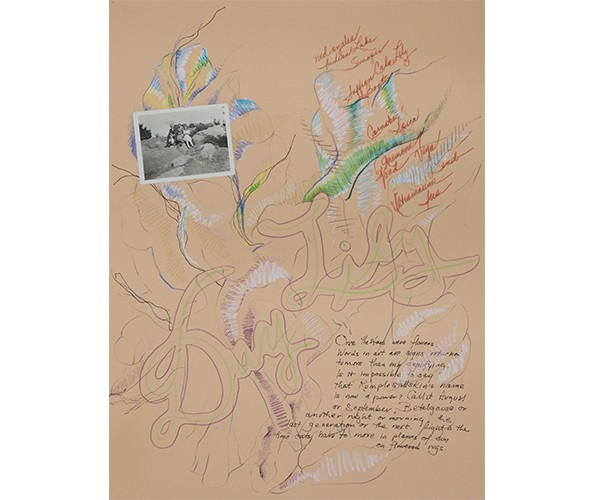
Rosemary Mayer, In Time Order (Day Lily), 1978. Ink, oil crayon, photograph on paper, 23 3/4 x 18 in. Courtesy the estate of Rosemary Mayer and Gordon Robichaux, New York
Spanning a crucial decade in Mayer’s career—from her early contributions to the conceptual art journal 0 to 9 (1967–79), the artist’s book Passages (1976), Surroundings (1977), an artist’s issue for the magazine ART-Rite, to In Time Order shown here in its entirety for the first time—the exhibition positions Mayer in the shifting discourses of Conceptual art and feminism in the 1970s–80s. The works gathered show that language, writing, and images are central to what the writer and art critic Lucy Lippard called a “de-materialized art form” that operates outside mainstream institutions, making visible societal experiences of women.
Having co-founded the first female-only gallery, A.I.R. in 1972, Mayer resigned from the committee within two years, knowing full well that such a separatist approach could not alone bring about women’s liberation. Instead, Mayer’s complex montage of image and text deploy the formal procedures of repetition, juxtaposition, and non-linearity—an interest shared with fellow artists and poets Sol LeWitt, Adrian Piper, Bernadette Mayer, and Vito Acconci—to challenge the epistemological frameworks that contributed to women’s oppression.
INSTALLATION VIEWS
Image Carousel with 12 slides
A carousel is a rotating set of images. Use the previous and next buttons to change the displayed slide
-
Slide 1: Installation view of "Rosemary Mayer: Words in Art are Signs Returned," on view at the Wallach Art Gallery from March 23 - April 7, 2024. Photograph by Olympia Shannon. Courtesy the Wallach Art Gallery.
-
Slide 2: Installation view of "Rosemary Mayer: Words in Art are Signs Returned," on view at the Wallach Art Gallery from March 23 - April 7, 2024. Photograph by Olympia Shannon. Courtesy the Wallach Art Gallery.
-
Slide 3: Installation view of "Rosemary Mayer: Words in Art are Signs Returned," on view at the Wallach Art Gallery from March 23 - April 7, 2024. Photograph by Olympia Shannon. Courtesy the Wallach Art Gallery.
-
Slide 4: Installation view of "Rosemary Mayer: Words in Art are Signs Returned," on view at the Wallach Art Gallery from March 23 - April 7, 2024. Photograph by Olympia Shannon. Courtesy the Wallach Art Gallery.
-
Slide 5: Installation view of "Rosemary Mayer: Words in Art are Signs Returned," on view at the Wallach Art Gallery from March 23 - April 7, 2024. Photograph by Olympia Shannon. Courtesy the Wallach Art Gallery.
-
Slide 6: Installation view of "Rosemary Mayer: Words in Art are Signs Returned," on view at the Wallach Art Gallery from March 23 - April 7, 2024. Photograph by Olympia Shannon. Courtesy the Wallach Art Gallery.
-
Slide 7: Installation view of "Rosemary Mayer: Words in Art are Signs Returned," on view at the Wallach Art Gallery from March 23 - April 7, 2024. Photograph by Olympia Shannon. Courtesy the Wallach Art Gallery.
-
Slide 8: Installation view of "Rosemary Mayer: Words in Art are Signs Returned," on view at the Wallach Art Gallery from March 23 - April 7, 2024. Photograph by Olympia Shannon. Courtesy the Wallach Art Gallery.
-
Slide 9: Installation view of "Rosemary Mayer: Words in Art are Signs Returned," on view at the Wallach Art Gallery from March 23 - April 7, 2024. Photograph by Olympia Shannon. Courtesy the Wallach Art Gallery.
-
Slide 10: Installation view of "Rosemary Mayer: Words in Art are Signs Returned," on view at the Wallach Art Gallery from March 23 - April 7, 2024. Photograph by Olympia Shannon. Courtesy the Wallach Art Gallery.
-
Slide 11: Installation view of "Rosemary Mayer: Words in Art are Signs Returned," on view at the Wallach Art Gallery from March 23 - April 7, 2024. Photograph by Olympia Shannon. Courtesy the Wallach Art Gallery.
-
Slide 12: Installation view of "Rosemary Mayer: Words in Art are Signs Returned," on view at the Wallach Art Gallery from March 23 - April 7, 2024. Photograph by Olympia Shannon. Courtesy the Wallach Art Gallery.
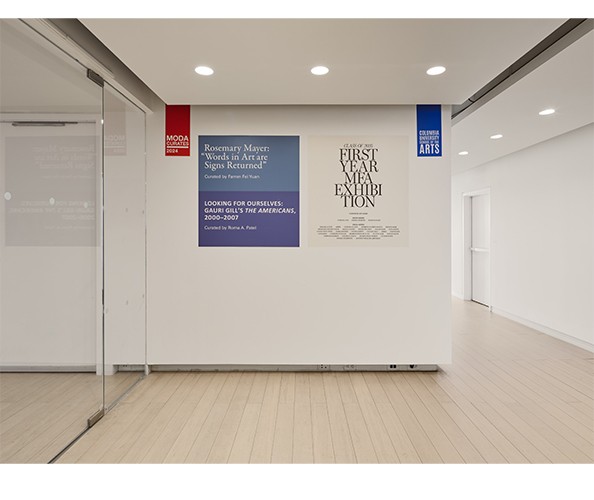
Installation view of "Rosemary Mayer: Words in Art are Signs Returned," on view at the Wallach Art Gallery from March 23 - April 7, 2024. Photograph by Olympia Shannon. Courtesy the Wallach Art Gallery.
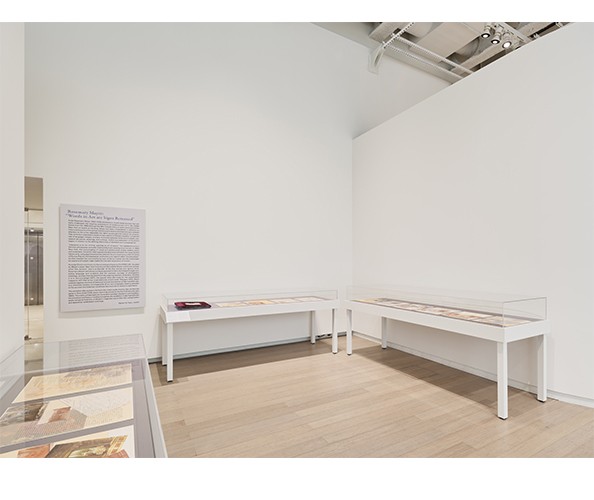
Installation view of "Rosemary Mayer: Words in Art are Signs Returned," on view at the Wallach Art Gallery from March 23 - April 7, 2024. Photograph by Olympia Shannon. Courtesy the Wallach Art Gallery.
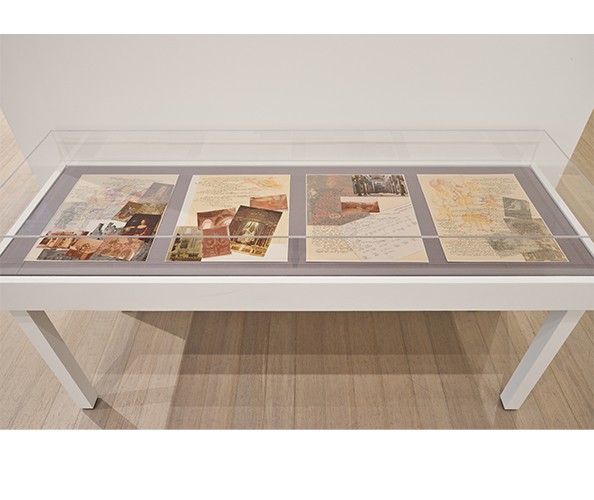
Installation view of "Rosemary Mayer: Words in Art are Signs Returned," on view at the Wallach Art Gallery from March 23 - April 7, 2024. Photograph by Olympia Shannon. Courtesy the Wallach Art Gallery.
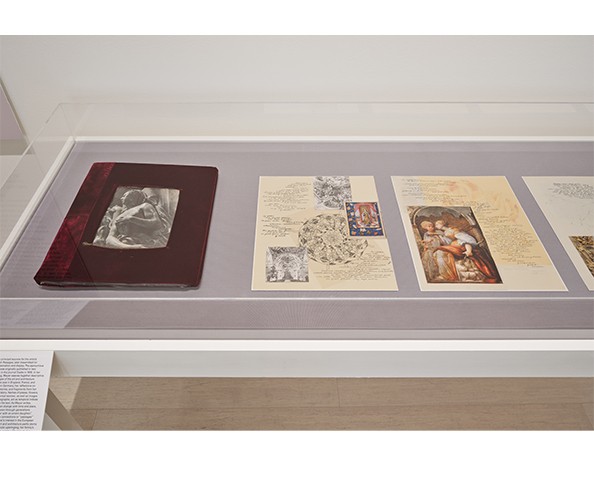
Installation view of "Rosemary Mayer: Words in Art are Signs Returned," on view at the Wallach Art Gallery from March 23 - April 7, 2024. Photograph by Olympia Shannon. Courtesy the Wallach Art Gallery.
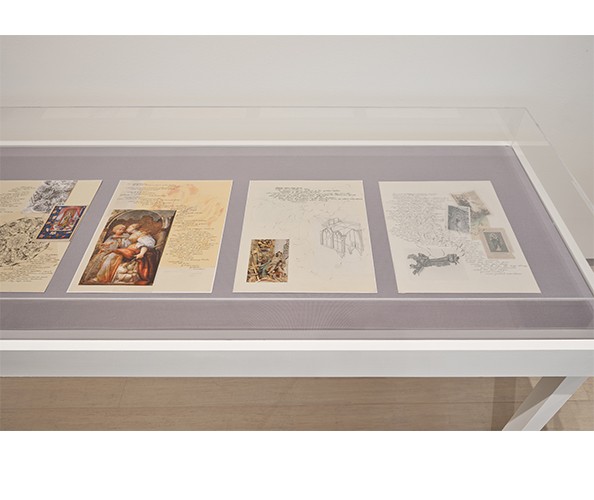
Installation view of "Rosemary Mayer: Words in Art are Signs Returned," on view at the Wallach Art Gallery from March 23 - April 7, 2024. Photograph by Olympia Shannon. Courtesy the Wallach Art Gallery.
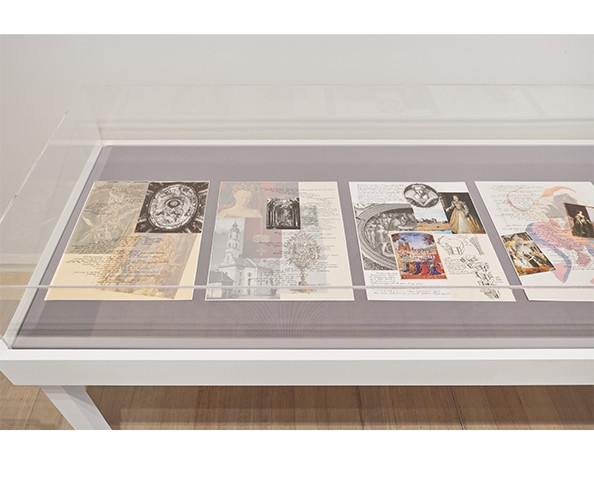
Installation view of "Rosemary Mayer: Words in Art are Signs Returned," on view at the Wallach Art Gallery from March 23 - April 7, 2024. Photograph by Olympia Shannon. Courtesy the Wallach Art Gallery.
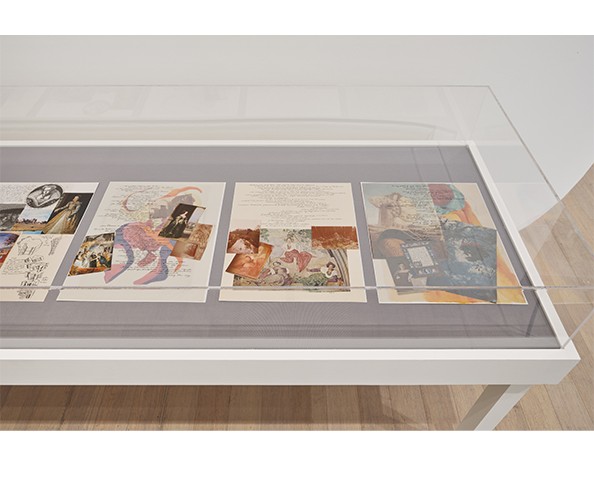
Installation view of "Rosemary Mayer: Words in Art are Signs Returned," on view at the Wallach Art Gallery from March 23 - April 7, 2024. Photograph by Olympia Shannon. Courtesy the Wallach Art Gallery.
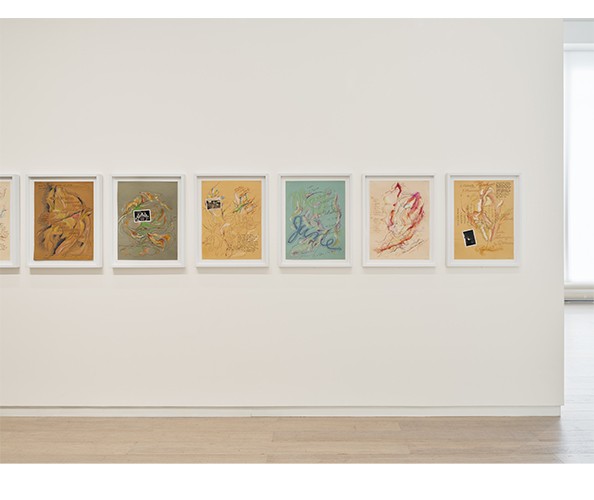
Installation view of "Rosemary Mayer: Words in Art are Signs Returned," on view at the Wallach Art Gallery from March 23 - April 7, 2024. Photograph by Olympia Shannon. Courtesy the Wallach Art Gallery.
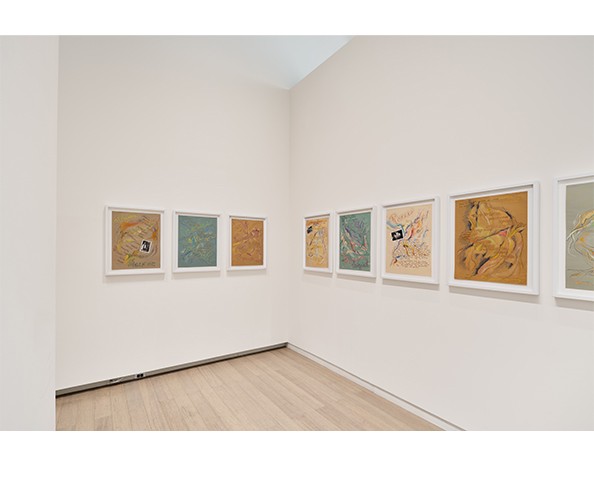
Installation view of "Rosemary Mayer: Words in Art are Signs Returned," on view at the Wallach Art Gallery from March 23 - April 7, 2024. Photograph by Olympia Shannon. Courtesy the Wallach Art Gallery.
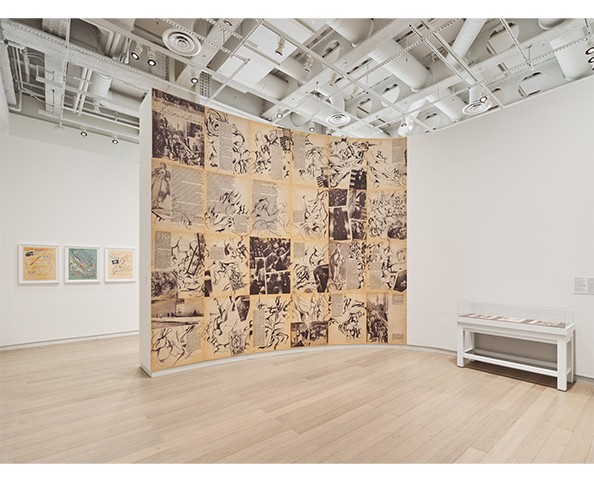
Installation view of "Rosemary Mayer: Words in Art are Signs Returned," on view at the Wallach Art Gallery from March 23 - April 7, 2024. Photograph by Olympia Shannon. Courtesy the Wallach Art Gallery.
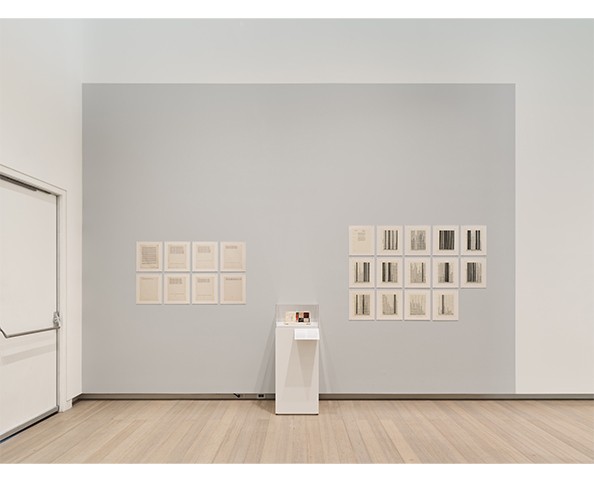
Installation view of "Rosemary Mayer: Words in Art are Signs Returned," on view at the Wallach Art Gallery from March 23 - April 7, 2024. Photograph by Olympia Shannon. Courtesy the Wallach Art Gallery.
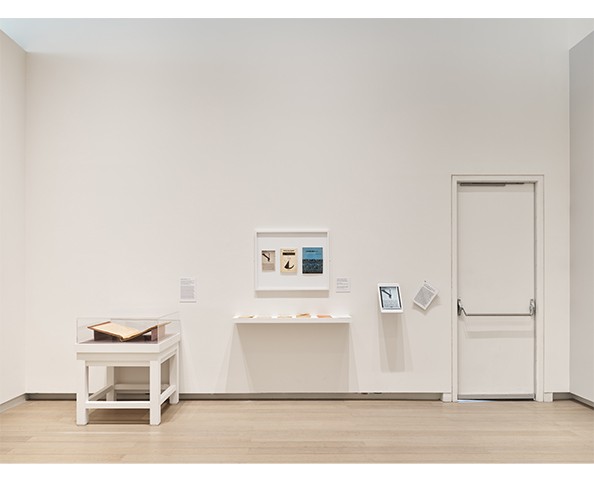
Installation view of "Rosemary Mayer: Words in Art are Signs Returned," on view at the Wallach Art Gallery from March 23 - April 7, 2024. Photograph by Olympia Shannon. Courtesy the Wallach Art Gallery.

